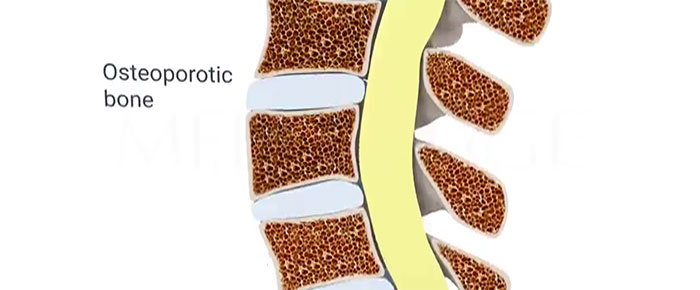Peak Bone Mass: Three Factors Impacting the Risk of Osteoporosis

Peak bone mass is the greatest bone density in one’s lifetime, which is usually reached between the late 20s or early 30s. It is a significant milestone because the greater the peak bone mass, the more protection one has against developing osteopenia and osteoporosis.
A person who reaches peak bone mass with lower bone mineral density has less bone to lose and is more likely to develop osteopenia or osteoporosis sooner. Thus, the risk of fractures is greater and occurs earlier in life.
Bone modeling begins during fetal growth and continues through adolescence. Remodeling starts in the teen years and continues throughout life. In the peri-menopausal period, the remodeling occurs faster than bone formation; hence, there is a loss of bone mass.
So, what are the factors that influence the peak bone mass?
Medical History
During the first decades of life, numerous factors can influence the body’s ability to potentiate or mitigate good bone structure, including:
- Eating disorders and the female athlete triad
- Childhood diseases such as neoplastic, neuromuscular, rheumatic, kidney and liver conditions
- Endocrine, seizure, and GI disorders
Genetic Factors
Environmental factors, such as exercise, nutrition, and disease account for 20% of peak bone mass and genetics plays the most important part.
Exercise
Exercise is critical for bone health throughout life. What are the most beneficial exercises and what may be less effective? Aerobic activities like walking have less benefit for building bone than strength or resistance training or more strenuous activities, such as running or playing soccer.1 Biking has many health benefits but it appears to have little benefit for bone density.2
Exercise programs should be designed with consideration of the patient’s interests and medical conditions.
- Gomez-Cabello A et al 2012. Sports Med 42: 301-32
- Cheung A , Giangregorio L 2012 Curr Opin Rheumatol 24;561-566 Nichols J 2003. Osteoporo Int 14;644-649

